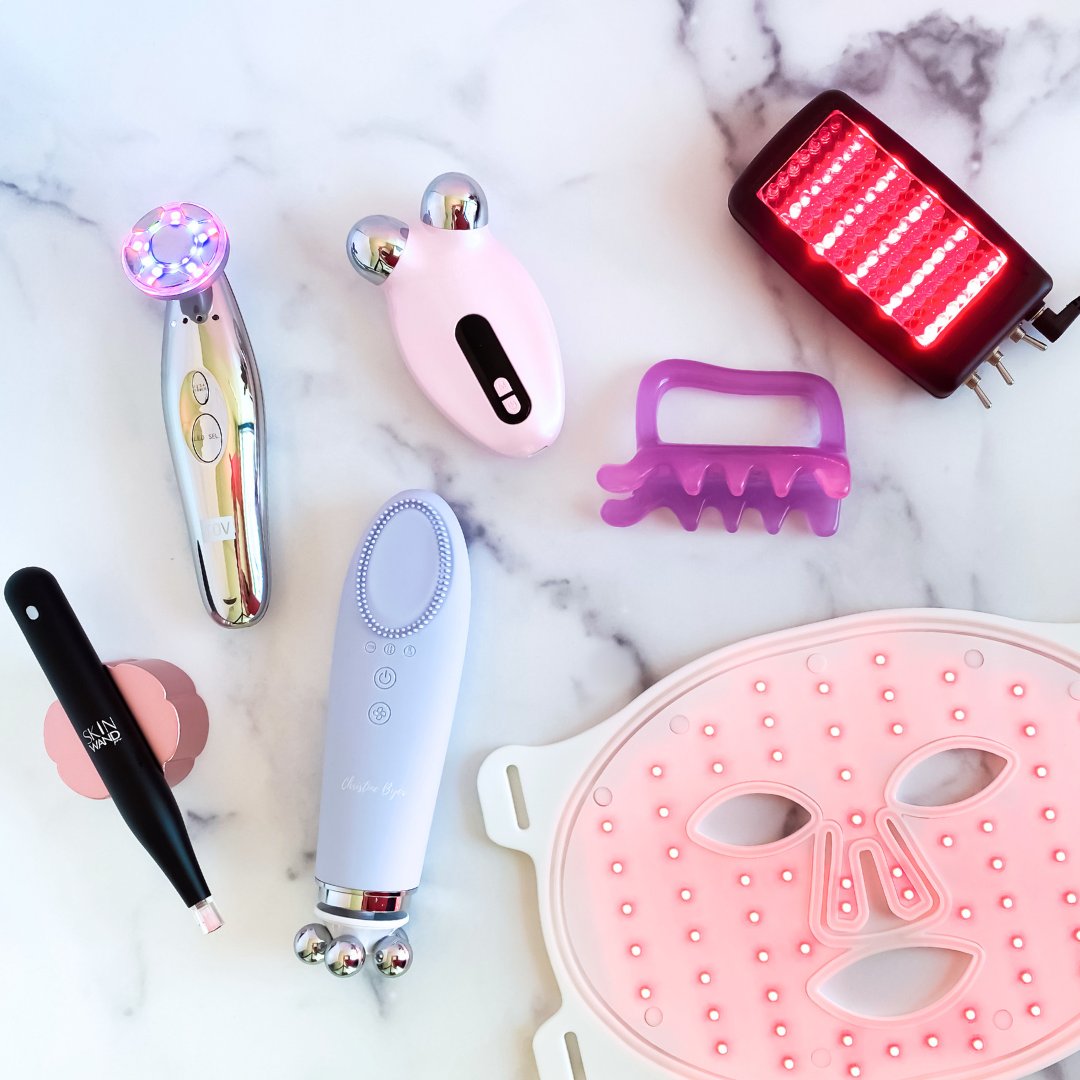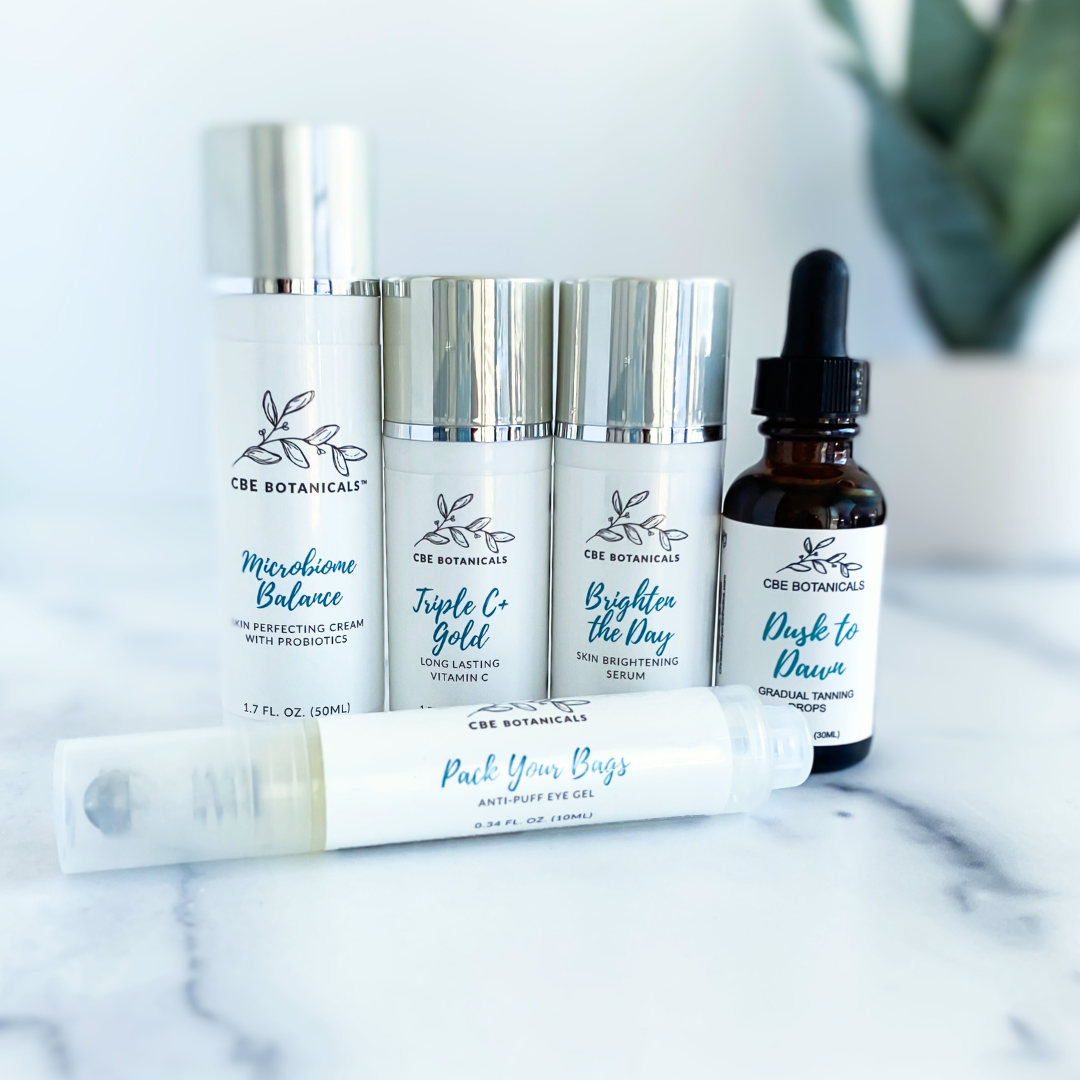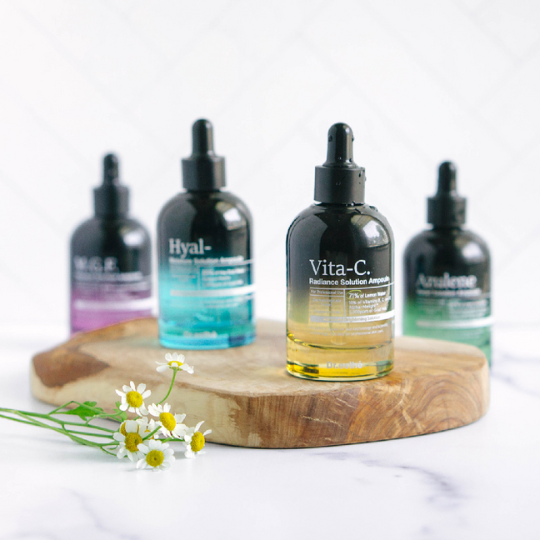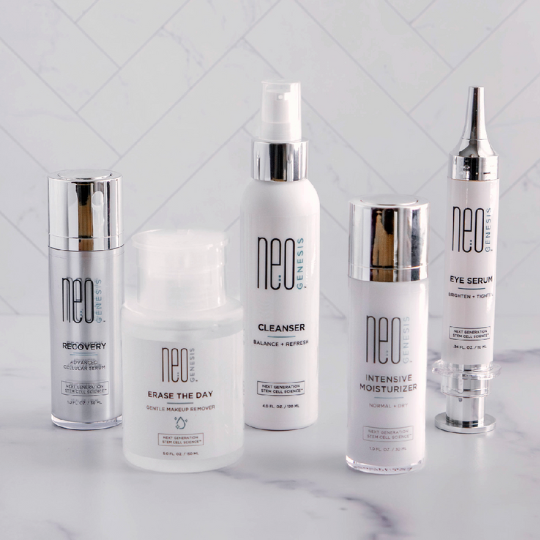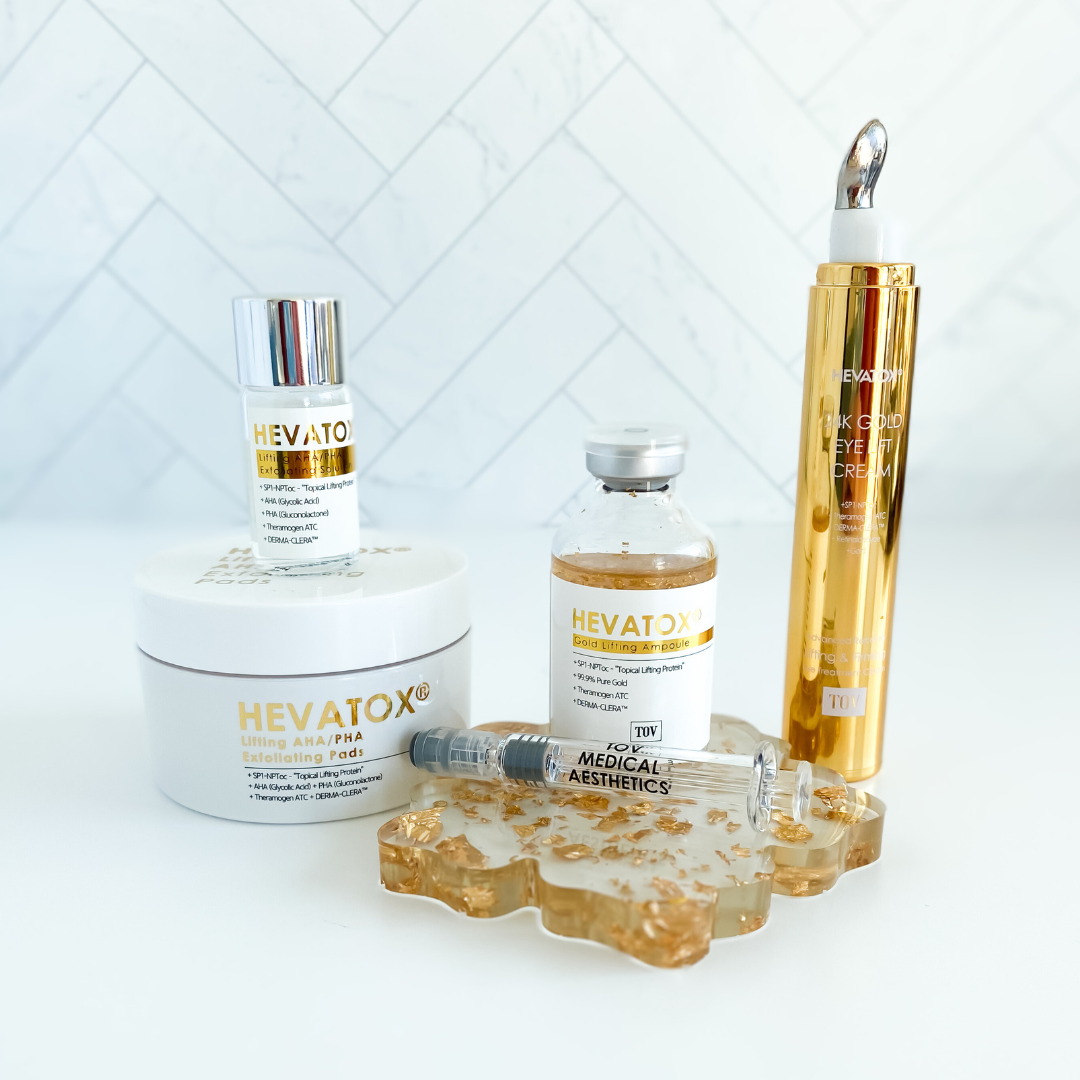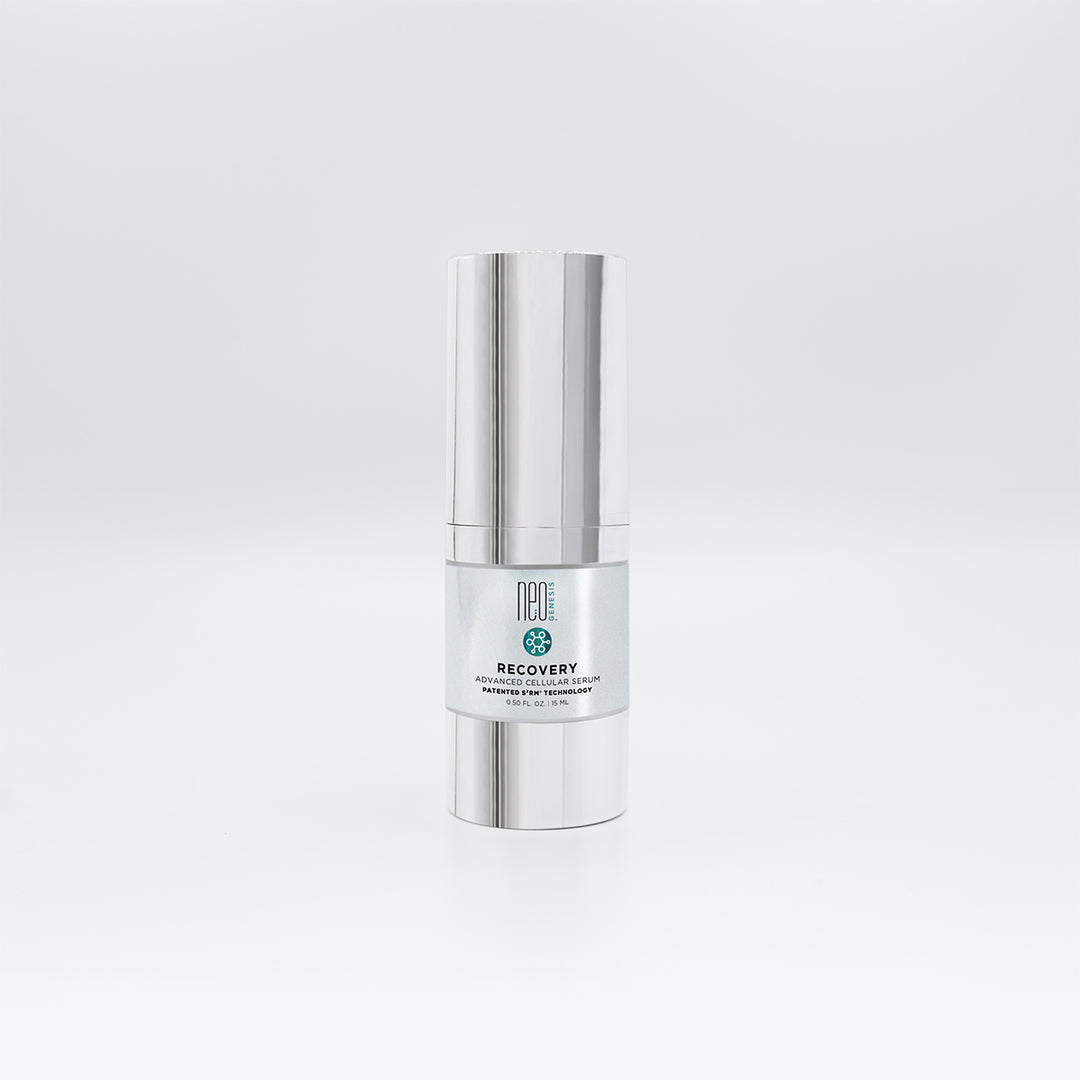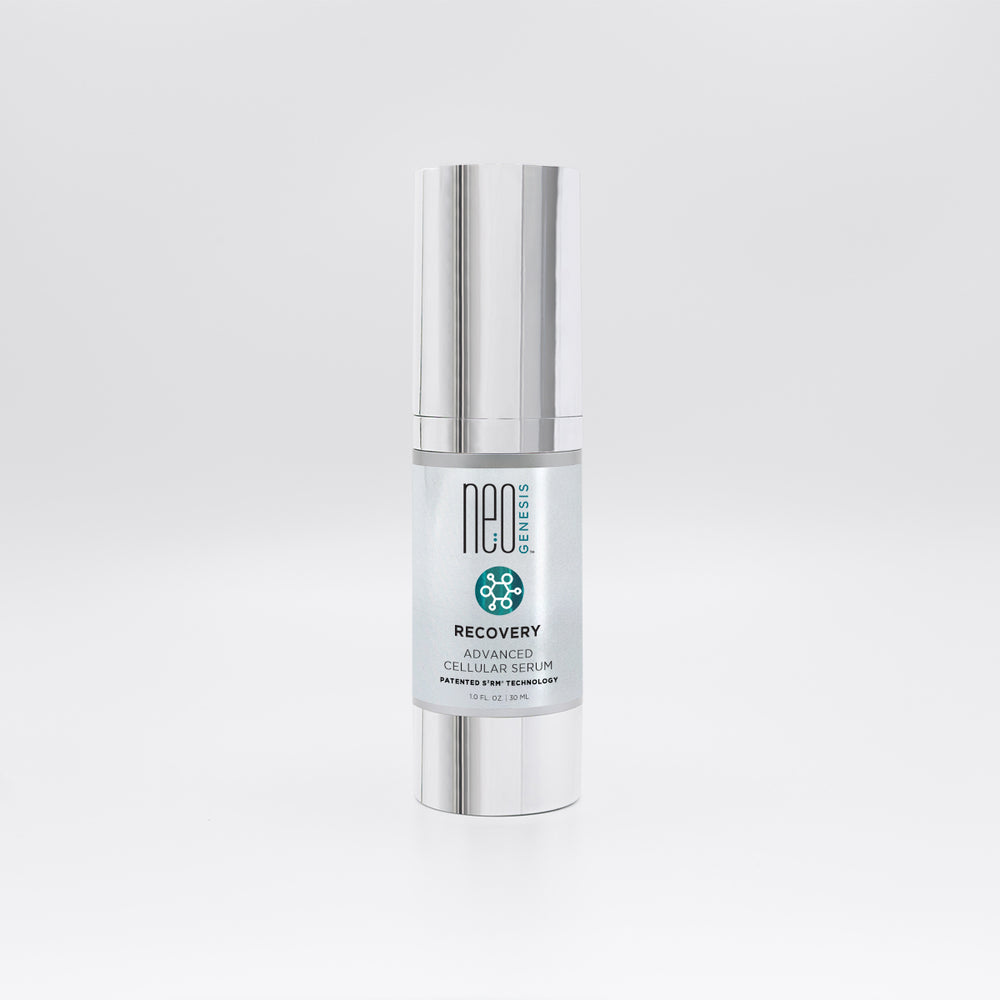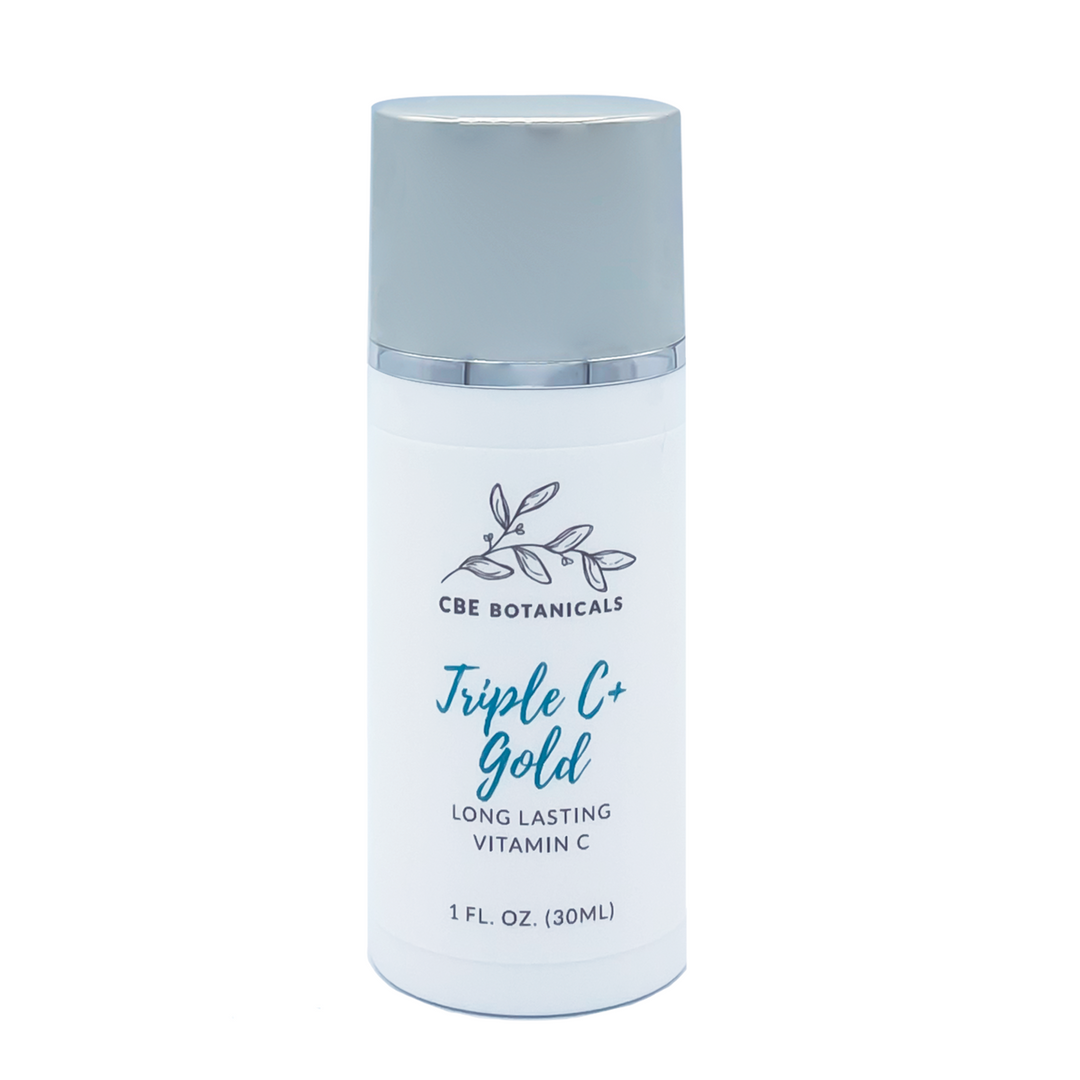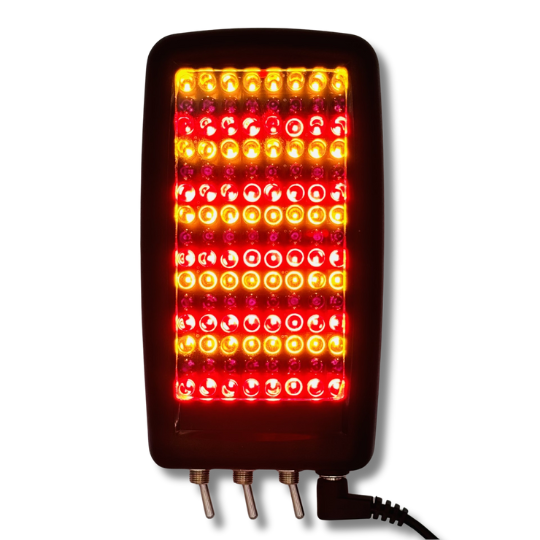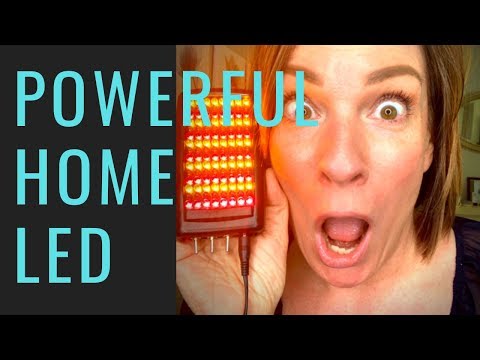Key Takeaways
- Broken capillaries are common and caused by sun, skin issues like rosacea, and injury.
- Prevent them by wearing sunscreen and being gentle with skin.
- Topicals like vitamin K and C can help reduce appearance over time.
- For more dramatic results, professional treatments like hyfrecation or electrodessication, lasers and IPL are best. For these services, find a qualified nurse or esthetician on this map of practitioners who remove broken capillaries and other skin irregularities.
- It takes patience, but broken capillaries CAN be treated for improved skin appearance.
Table of Contents
- What Are Broken Capillaries?
- Topical Skincare Ingredients That Can Help
- Professional Treatments I Recommend
- FAQs About Broken Capillaries
As a Master Esthetician with over 23 years of experience, I've seen my fair share of broken capillaries. These reddish purple veins can appear on the face for a variety of reasons - sun damage, rosacea, excessive scrubbing, even over-extraction. While stubborn, there are ways to reduce their appearance so they don't detract from your natural beauty. In this post, I'll share my pro tips and recommended treatments to help tackle broken capillaries head on.
What Are Broken Capillaries?
Broken capillaries, also known medically as telangiectasia, are tiny blood vessels near the surface of the skin that have become dilated or ruptured. This causes them to appear as tiny red, purple, or blue squiggly lines on the skin, usually on the nose, chin, cheeks, or chest. I often see them on clients who have done extractions at home, been out in the sun a lot, smoke or have rosacea. They can be mild or more severe depending on the cause and number of capillaries affected.

What Causes Broken Capillaries?
Broken capillaries have many causes, but these are the top offenders I see in my practice:
Genetics - Inherited fragile blood vessels put some people at higher risk.
Sun Damage - UV exposure weakens blood vessel walls over time.
Rosacea - Chronic redness and inflammation damages facial veins.
Lifestyle - Drinking alcohol and smoking lead to vein inflammation.
Skin Trauma - Harsh treatments, picking, injuries rupture capillaries.
Aging - Loss of collagen thins skin and makes veins more visible.
PRO TIP: Shield skin from sun damage, treat rosacea, avoid lifestyle triggers, and be gentle with your complexion. Genetics we can't change, but we can reduce other risk factors for capillaries with proper skincare.
Topical Skincare Ingredients That Can Help
While topicals alone won't completely eliminate broken capillaries, using products with certain ingredients can help reduce their appearance over time. Two of my favorites are:
 The NeoGenesis Recovery uses a clinically proven stem cell extract to help stimulate collagen production and structural proteins like elastin. This helps plump and reinforce delicate capillaries and the surrounding skin. The copper peptides also promote wound healing and tissue repair to speed up recovery from broken capillaries.
The NeoGenesis Recovery uses a clinically proven stem cell extract to help stimulate collagen production and structural proteins like elastin. This helps plump and reinforce delicate capillaries and the surrounding skin. The copper peptides also promote wound healing and tissue repair to speed up recovery from broken capillaries.
Vitamin C: Builds collagen to plump up skin and makes capillaries less noticeable. The CBE Botanicals Triple C + Gold Serum is a great option since Vitamin C strengthens capillary walls.
I also suggest using LED light therapy. Our red LED treatment helps increase blood flow and circulation, which can help diffuse the appearance of broken capillaries over time.
Professional Treatments I Recommend
While topical skincare products and in-office LED therapy can help reduce the appearance of broken capillaries over time, the most dramatic and effective way to completely eliminate broken capillaries is through professional medical treatments. Based on over 20 years of experience, I recommend considering the following options for the best results:

- Electrodesiccation: This treatment uses a small probe to deliver heat to the broken capillary, causing it to disintegrate and be reabsorbed by the body. It works well on medium to large capillaries, especially around the nose. A few examples of devices that treat broken capillaries are the Thermoclear and the Skin Classic.
You can find Skin Classic practitioners via this map for electrodessication treatments to get rid of broken capillaries.
- Laser Therapy: Options like pulsed dye laser or KTP laser can selectively target blood vessels without damaging other tissues. They work for small, mild capillaries. Multiple treatments are usually required.
- IPL Photofacial: Intense pulsed light penetrates the skin and collapses capillaries by heating the blood. It also improves skin texture and tone. IPL works best for overall redness and rosacea. A study published in the National Library of Medicine found that IPL treatments can effectively reduce rosacea symptoms and improve skin texture by targeting dilated blood vessels in the skin. More details can be found in this study on the efficacy of IPL for rosacea.
- Lymphatic Drainage Massage: A technique I personally use in the treatment room and at home with the ANMA gua sha tool to help stimulate blood flow and clear pooled blood from broken capillaries to reduce redness.
I recommend consulting with a qualified esthetician or dermatologist to determine which option(s) are best for your individual capillary concerns. Most clients benefit from a combination approach.
FAQs About Broken Capillaries
Treating broken capillaries often leads to many questions for my clients. Below I've answered some of the most frequently asked questions I receive about this common skin concern. Read on for more information about causes, treatment options, results expectations, prevention, and more when it comes to dealing with broken capillaries.
How can I prevent broken capillaries?
Prevention is key! Always wear broad spectrum SPF 30+ sunscreen and protective clothing in the sun. Be gentle when cleansing and doing extractions to avoid rupturing capillaries. Manage skin conditions like rosacea through proper skincare and professional treatments.
Will broken capillaries go away on their own?
Sadly no. Once a capillary has ruptured, it won't heal without intervention. The good news is they can be treated!
How long does it take to see results?
It depends on the treatment. Electrodesiccation shows immediate results. Topicals and IPL may take 2-4 weeks. Laser treatment requires multiple sessions spaced 4-6 weeks apart. Be patient, follow protocols, and you'll see improvements.
Can broken capillaries return after treatment?
There's always a chance of new capillaries forming, especially if you don't limit sun exposure or have rosacea. Stick to prevention measures and maintenance IPL or laser treatments as needed.
I hope these tips empower you to address broken capillaries like a pro! Join me in the Beauty Club if you have any other questions - I'm always happy to help clients achieve their healthiest, most radiant skin.


